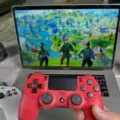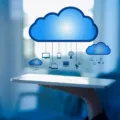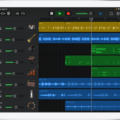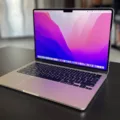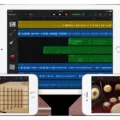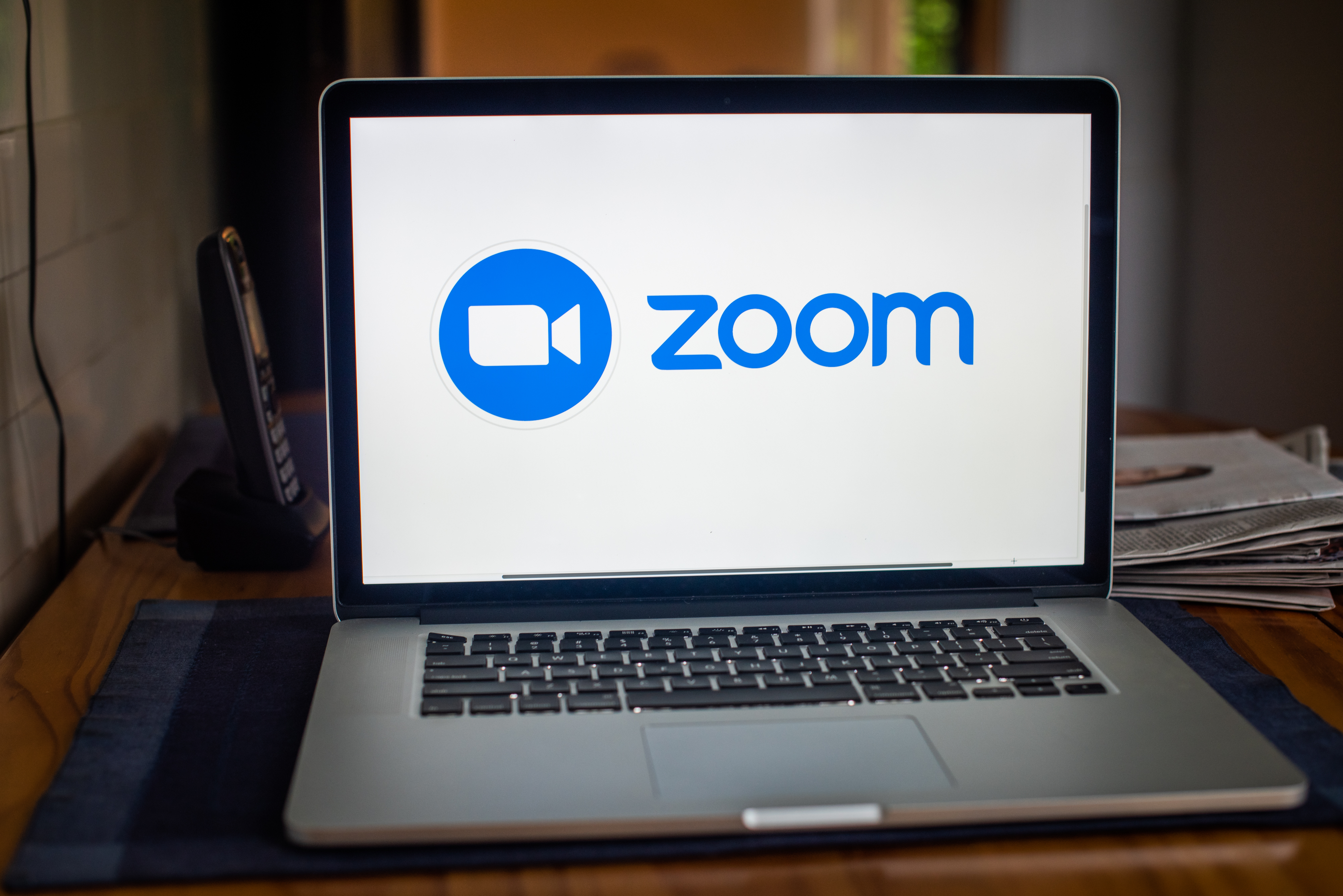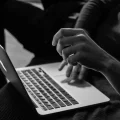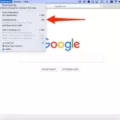Guitar players have been using technology to enhance their sound for decades. Now with the advent of tablets and mobile devices, it’s even easier to plug your guitar into your iPad and take advantage of a wide range of effects, amps, and recording capabilities. If you’re looking for the best way to plug your guitar into your iPad, then this blog post is for you!
First off, you’ll need an adapter cable that will allow you to connect your guitar to the iPad. There are several options out there, such as Lightning-to-USB Camera Adapters or USB adapters like the iRig HD 2. Once you have the appropriate adapter cable, simply plug one end into the headphone jack of your guitar and the other end into the corresponding port on your iPad.
Next, you’ll need an app that will allow you to record and edit audio on your iPad. There are many great apps out there such as GarageBand or AmpliTube UA that provide virtual amps and effects for guitars. With these apps, you can easily create amazing sounds with just a few taps of your finger.
Finally, if you want to record more than one track at a time on your iPad, then you’ll need an audio interface. This is a piece of hardware that connects your guitar and iPad allowing multiple instruments or microphones to be plugged in at once for multi-track recording and editing. Popular interfaces include Apogee Jam+, Focusrite Scarlett 2i2, and Zoom UAC-2 USB Audio Interface.
Once all these components are put together correctly (and some cables may be required), then it’s time to start playing! Whether it’s recording songs in GarageBand or jamming along with friends using AmpliTube UA – now you can plug your guitar into your iPad anytime anywhere!
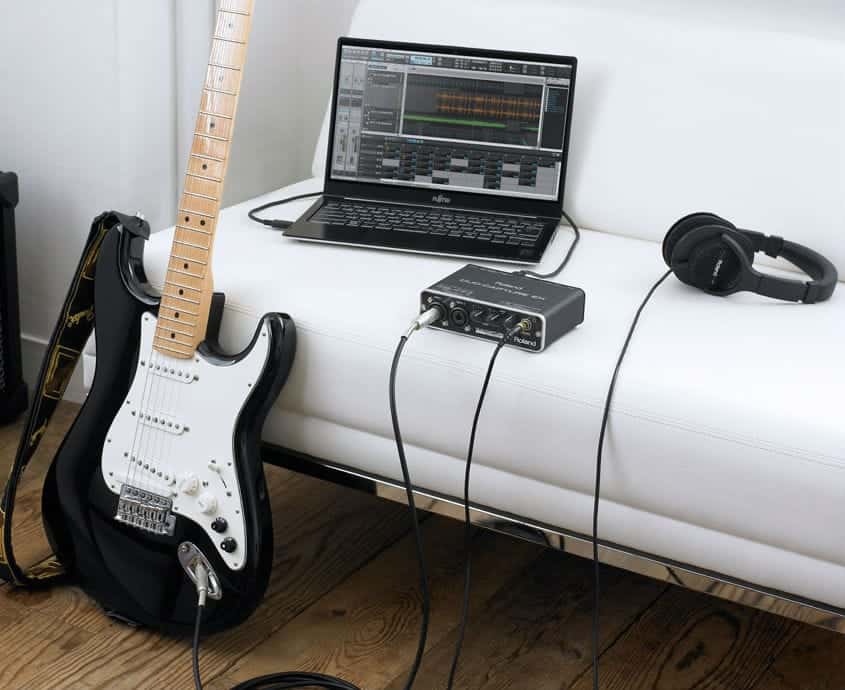
Connecting an Electric Guitar to an iPad
Yes, you can hook an electric guitar to an iPad with the proper cable and adapter. An OTG (On-The-Go) cable is needed to connect your electric guitar to your iPad. The OTG cable will connect your guitar’s 1/4-inch jack to the USB port on the iPad. Once connected, you can use an application such as AmpliTube UA, which provides an amplifier for your guitar. This can give a realistic sound output and it is compatible with both IOS and Android devices. You can also use a variety of other apps to record or edit audio from your guitar that is available in the App Store.
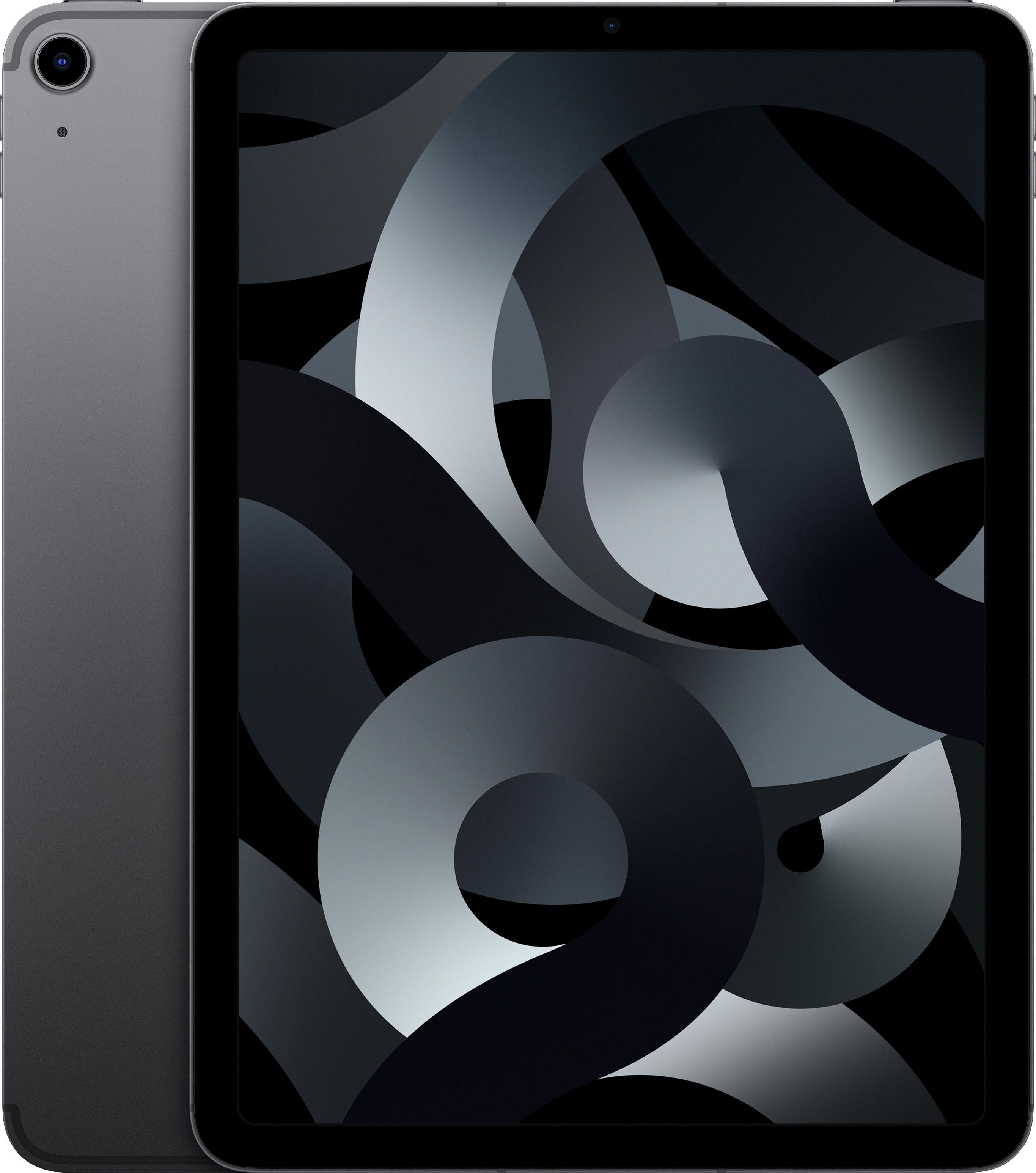
Source: bestbuy.com
Using an iPad as a Guitar Amp
Yes, you can use your iPad as a guitar amp. There are numerous apps available that allow you to connect your electric guitar or electric bass to your iPad and use it as an amplifier, giving you access to a variety of different amp sounds and effects. Many of these apps also offer additional features such as recording capabilities, MIDI support, and even the ability to purchase additional virtual stompbox effects. To get started, simply download one of these apps from the App Store and connect your instrument via an appropriate cable.
Connecting a Guitar to a Tablet
Plugging a guitar into a tablet requires the use of an adapter. The most common type of adapter for this purpose is an audio interface, which is a device that allows you to connect your guitar to your tablet. To use an audio interface, you will need to plug your guitar into the audio interface using a standard 1/4-inch cable and then plug the audio interface into your tablet using either a USB cable or an Apple Lightning cable (for iPads). Once the connection is established, you will need to download a guitar app on your tablet in order to access the sound settings and begin playing.
Using an iPad as an Audio Interface
Yes, you can use your iPad as an audio interface. All you need is a USB cable and an audio interface app. With the right app, you can easily connect any microphone or instrument to your iPad, record audio, and mix it. You can even use the iPad as a podcasting device by connecting external microphones and using apps to record multiple voices simultaneously. Additionally, using Bluetooth or Wi-Fi connections, you can control and mix audio from other devices wirelessly.
Can You Plug a Guitar Directly Into an iPhone?
Yes, it is possible to plug a guitar directly into an iPhone. To do this, you will need an adapter with a 1/4″ male connector on one end and a 3.5mm female connector on the other. This adapter can be found at most musical instrument stores and online retailers. Once the adapter is attached to the guitar, you can plug it into the headphone jack on your iPhone, providing a direct connection. With this setup, you can use your favorite music apps to record and edit music or even create entire albums.
Connecting a Guitar to Garageband on an iPhone
To connect your guitar to Garageband on your iPhone, you will need an audio interface such as the iRig HD 2. Connect the audio interface to your iPhone using a thunderbolt to micro-USB cable. Once connected, turn on your iPhone and open Garageband. Select an Amp Type of your choice and plug your guitar into the audio interface. Finally, turn on the monitoring button in order for Garageband to recognize and record your guitar.
Playing Guitar on GarageBand for iPad
To play guitar on GarageBand IPad, first, tap the guitar icon in the upper-left corner of the screen. This will open up a selection of guitar sounds. Swipe left or right to choose your desired sound and then tap it to select it. You can then start playing on the virtual fretboard and strumming with your finger or using a compatible MIDI controller. To adjust the sound, use the controls at the bottom of the screen to change parameters such as reverb, delay, distortion, and more. With GarageBand, you can create your own unique guitar sound and jam along with your favorite tunes!
Conclusion
In conclusion, playing the electric guitar is a great way to express yourself musically. There are many different ways you can connect an electric guitar to your phone or computer. The most common way is using a micro USB to USB OTG cable, allowing you to use a variety of apps and software for Android phones, iPhones, and Macs. You can also connect an electric guitar to your computer’s USB or FireWire port with an audio interface, allowing you to record and play with virtual amps and effects. With the help of technology, you can create amazing sounds with your electric guitar!

